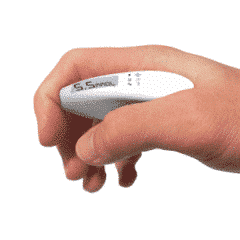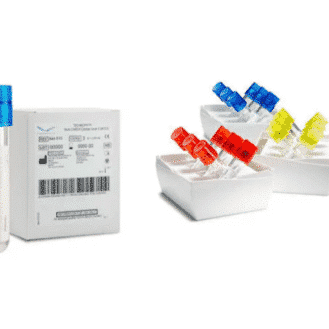A blood glucose meter or glucometer is a device that measures the level of glucose in the blood. It is used by patients with diabetes to monitor their blood glucose levels and if necessary to help them regulate their insulin intake. They are generally used with test strips to collect droplets of blood. Nevertheless, alternatives that are less invasive and restrictive have emerged in recent years.
Given the prevalence of diabetes worldwide, the evolution of blood glucose monitoring systems is now a major global health concern.
There are also models designed specifically for the veterinary field.









 (4 votes, average: 3.25 out of 5)
(4 votes, average: 3.25 out of 5)
que precio tienen la centrifuga, medidor de glucosa